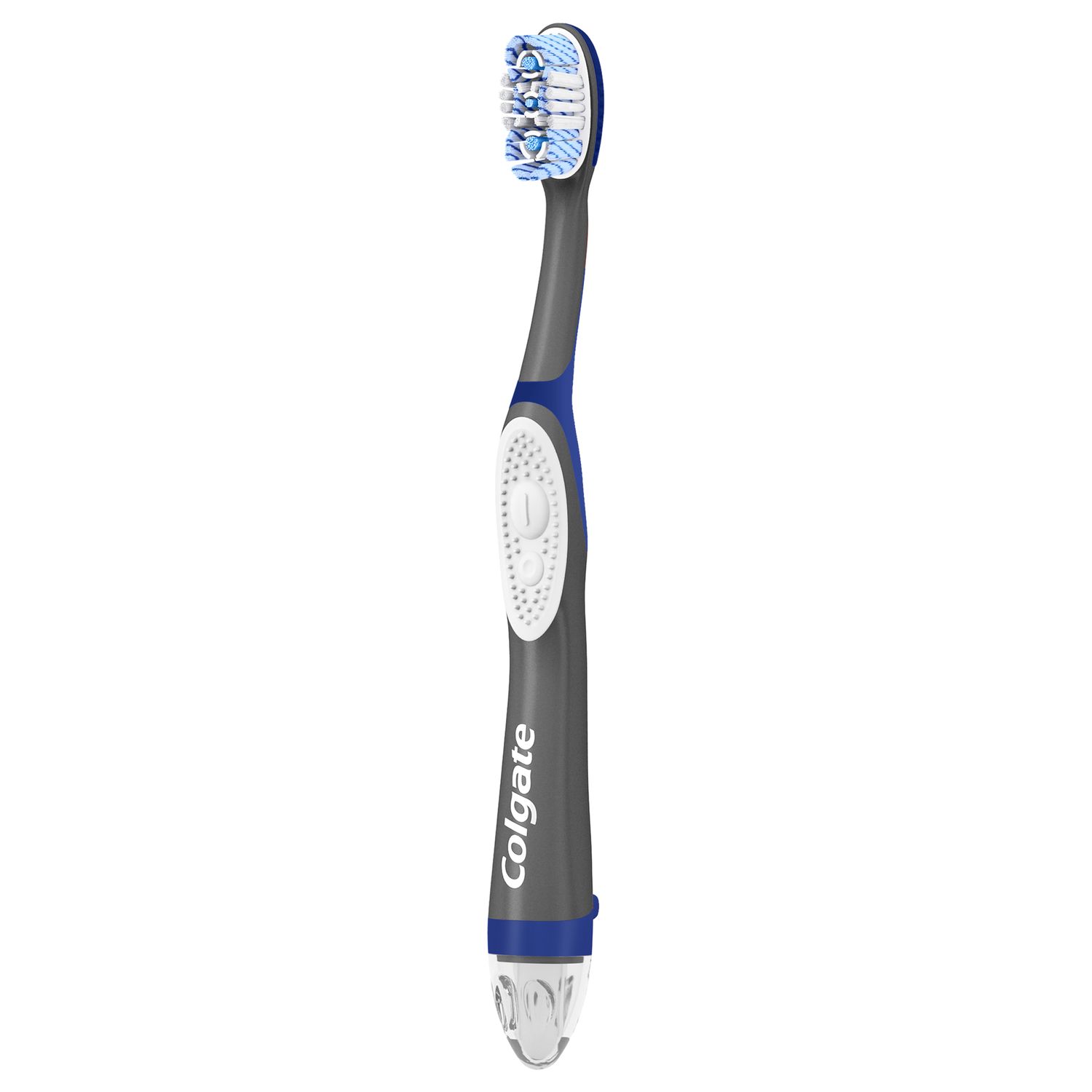Gum recession. Nope, it's not a decline in chewing gum sales. We're talking about your gum line slowly shrinking away from your teeth, making them appear longer and thus, exposing your roots — a significant sign of gum disease. Receding gums, or gingival recession, can be caused by various factors, some you can control, and others that are out of your hands. Receding gums cannot grow back. However, your dentist or periodontist can provide gum recession treatment and help you to prevent it from getting worse — which is something to smile about!
What is Gum Recession?
Your gum tissue, or your gingiva, is part of the periodontium, the structure that supports your teeth. The attached gingiva is the part of your gums that covers the bone and connective tissue anchoring your teeth in place. The gingival margin is the edge of the gum tissue, which sits tightly around the base of each tooth and creates a protective seal.
Gum recession occurs when the attached gingiva starts to separate from the root surface of the tooth, exposing it to bacteria or injury. Unlike the tooth’s crown (the visible part), which is covered in hard enamel, the root is covered with weaker cementum. When it’s exposed by gum recession, cementum can decay or erode at a faster pace than enamel. For that reason, gum recession can leave you at higher risk of sensitivity and cavities.
If you feel like you're experiencing receding gums, contact your dentist or periodontist to prevent further recession and work with them to implement a treatment plan.
What Causes Gum Recession?
Any of the following factors can contribute to gum recession:
- Poor oral health. If you have too much plaque build-up on your teeth and gums, the bacteria within it can cause your gums to become inflamed, leading to gum disease and gum recession.
- Aggressive brushing or flossing. Over-brushing and over-flossing is a real thing that can damage teeth and gums. Try focusing on a gentle technique, brushing your teeth with a soft-bristled brush, and flossing correctly to avoid causing soreness or bleeding.
- Hormonal fluctuations. Times of hormonal change, such as puberty, pregnancy or menopause, can trigger gum recession and other gum problems.
- Genetics. The genetic makeup you inherit from your parents could be influencing your gum recession.
- Abnormal tooth position. Misaligned teeth can also lead to gum recession by putting pressure on certain areas of the gums.
- Teeth grinding or clenching. Grinding or clenching your teeth, also known as bruxism, usually occurs while sleeping and can easily be remedied with a mouthguard to avoid gum recession, tooth sensitivity, or loss.
- Trauma. A significant injury or trauma to your gums (or nearby teeth) can cause them to recede.
- Tobacco. Smoking and using other tobacco products is directly implicated in receding gums.
What Are the Symptoms of Gum Recession?
The main sign of gum recession is your gums appearing to shrink away from your teeth. The teeth might look longer due to the exposed roots, which may appear darker than the crown of the tooth. There may also be a noticeable “notch” marking the line between crown and root.
You may also notice other signs and symptoms, some of which are signs of conditions associated with gum recession. These include:
- Sensitivity to hot or cold foods and drinks, cold air, or touch.
- Red, swollen or sore gums.
- Bleeding gums.
- Bad breath.
- Pain when chewing.
- Loose teeth.
Gum Recession Treatment Options
Will your gums ever grow back? They will not. But can you stop gum recession, heal your gums, and improve your smile? Absolutely. There are a few gum recession treatment options, surgical and non-surgical, that may be able to help. Work with your dentist and/or periodontist to see if one of these options is right for you.
Non-surgical gum recession treatments
Deep cleaning is a procedure used to treat periodontal disease, a common cause of gum recession. Also known as scaling and root planing, it involves using special instruments to clean plaque, tartar and bacteria from the root surface of the tooth. The root is then smoothed out so that the gum tissue can hopefully reattach to the surface.
Surgical gum recession treatments
While scaling and root planing can help to restore your gum health, it can’t bring back lost gum tissue. But if exposed roots are causing you oral health problems or affecting your confidence, there are a number of surgical options that can restore the appearance and function of your gums.
- Gum contouring. A periodontist (gum specialist) will use a scalpel or laser to reshape your gum line.
- Gum grafting. A periodontist will take gum tissue from another part of your mouth (or a donor) and stitch it into place to cover areas of gum recession. Recovery can take up to a week or so as the gums and the graft site (usually the roof of your mouth) need time to heal.
- Regeneration therapy. A more modern approach, this involves pulling back the gum tissue and placing a bone graft or other regenerative material to replace lost bone. Regeneration is usually a last resort to treat significant gum and bone tissue damage from periodontal disease.
How Do You Prevent Further Gum Recession?
Fending off gum recession often comes down to the basics of proper oral hygiene:
- Brush twice a day.
- Floss daily.
- Use a soft-bristled toothbrush.
- Apply proper brushing technique to help protect your enamel and gums.
If your gums are receding due to factors outside of your control, talk to your dentist or periodontist about possible treatment.
Receding gums, unfortunately, cannot grow back. But with proper care and treatment by your dentist, periodontist, and yourself, your confidence in your smile can return.
ORAL HEALTH QUIZ
What's behind your smile?
Take our Oral Health assessment to get the most from your oral care routine
ORAL HEALTH QUIZ
What's behind your smile?
Take our Oral Health assessment to get the most from your oral care routine














